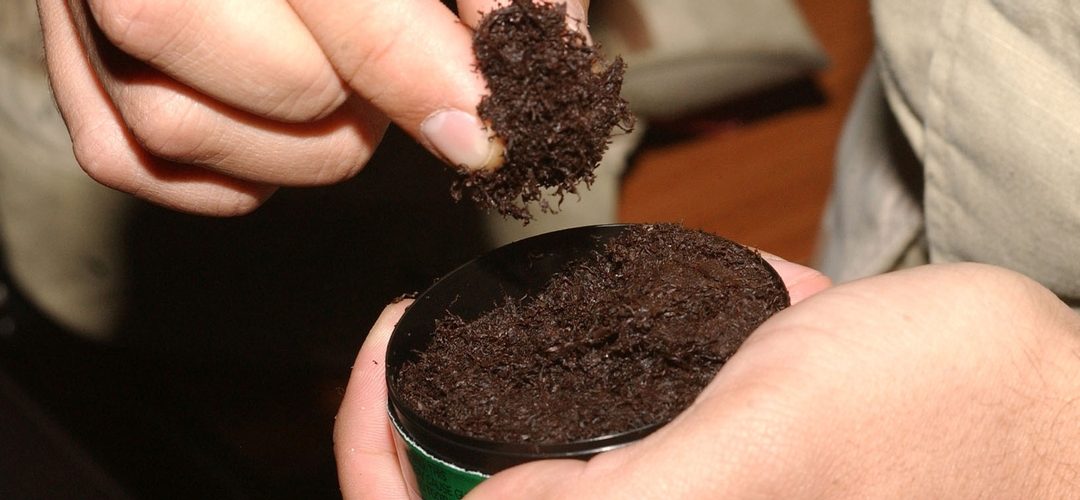Dip tobacco, also known simply as “dip” or moist snuff, is a type of smokeless tobacco that users place between their gum and lip. Unlike cigarettes or cigars, dip is not lit or smoked. Instead, nicotine is absorbed through the mouth’s mucous membranes.
Popular in the United States—especially in rural and Southern regions—dip tobacco is often marketed as a smokeless alternative to smoking. But despite not involving inhalation, it still carries serious health risks.
This article will explore what dip tobacco is, how it’s used, its ingredients, health effects, and safer alternatives.
What Is Dip Tobacco Made From?
Dip is typically made from finely ground or shredded tobacco leaves that are fermented and flavored. Common ingredients include:
- Tobacco leaves (Nicotiana tabacum)
- Salt and water (used in processing and curing)
- Flavorings (mint, wintergreen, citrus, etc.)
- Nicotine (naturally present and highly addictive)
- Preservatives and humectants (like sodium benzoate and propylene glycol)
The combination of moisture and fine texture makes dip easier to pack and hold in the mouth compared to dry snuff or chewing tobacco.
How Is Dip Tobacco Used?
Users take a small amount of dip—called a “pinch” or “dip”—and place it between their lower lip and gum. This is sometimes referred to as “dipping a lip.”
Unlike chewing tobacco, dip is not meant to be chewed. Instead, the user lets it sit, allowing nicotine to absorb through the soft tissues of the mouth. Users may spit out excess saliva, especially if they’re new to the product.
Dip is often sold in small, round tins or cans, and popular U.S. brands include:
- Copenhagen
- Skoal
- Grizzly
- Kayak
- Kodiak
Dip Tobacco vs. Chewing Tobacco vs. Snus
TypeHow It’s UsedTextureSpitting RequiredDip (Moist Snuff)Placed between lip and gumFinely groundUsually yesChewing TobaccoChewed or held in cheekLeafy or shreddedOften yesSnusPouched, placed under the upper lipMoist and pouch-packedNo (usually)Snus, a similar product from Sweden, is marketed as a spitless alternative to dip, and is often seen as a “cleaner” smokeless option—but it still carries health risks.
Health Risks of Dip Tobacco
Despite being smokeless, dip tobacco is far from safe. The Centers for Disease Control and Prevention (CDC) and World Health Organization (WHO) classify smokeless tobacco as carcinogenic (cancer-causing).
Common Health Risks Include:
Oral Cancer
- Cancers of the mouth, tongue, cheek, and throat are directly linked to long-term dip use.
Gum Disease and Tooth Loss
- Dip causes gum recession and inflammation, leading to tooth decay and eventual tooth loss.
Nicotine Addiction
- A single can of dip can contain as much nicotine as 80 cigarettes.
Leukoplakia
- White patches inside the mouth—considered precancerous—are often caused by regular dipping.
Heart Disease and Stroke
- Dip raises blood pressure and heart rate, increasing cardiovascular risk.
Increased Risk for Pancreatic Cancer
- Long-term exposure to nitrosamines in dip is linked to pancreatic issues.
Is Dip Tobacco Legal?
Yes, dip tobacco is legal in many countries, including the United States. However, it’s often regulated in terms of:
- Sales age restrictions (18+ or 21+ in many states)
- Labeling and health warnings
- Flavored tobacco bans (in some cities and states)
- Taxation similar to cigarettes
In countries like Australia and parts of Europe, sale of dip tobacco is banned due to health concerns.
Who Uses Dip Tobacco?
Dip use is more common in:
- Male users (especially teenagers and young adults)
- Athletes, particularly in baseball or rodeo sports
- Rural populations in the American South and Midwest
- Individuals looking to quit smoking but seeking nicotine alternatives
Marketing campaigns have historically associated dip with masculinity, sports, and rugged outdoor lifestyles—although that perception is evolving.
Can Dip Tobacco Help You Quit Smoking?
While some smokers turn to dip as a step-down strategy, health organizations caution against using dip as a smoking cessation tool. It simply replaces one harmful habit with another.
If you’re trying to quit nicotine, consider FDA-approved alternatives:
- Nicotine patches
- Gum and lozenges
- Prescription medications (e.g., Chantix, Zyban)
- Nicotine-free herbal dips (e.g., TeaZa, BaccOff)
Tips for Quitting Dip Tobacco
If you’re looking to quit dip tobacco, here are steps to help:
- Set a quit date and remove all dip products from your environment.
- Identify triggers (stress, boredom, social situations).
- Use nicotine replacement therapy (NRT) if needed.
- Talk to a doctor or tobacco cessation counselor.
- Join online or in-person support groups.
- Track your progress and reward yourself for milestones.
Quitting is hard, but thousands have done it—and your mouth, lungs, and heart will thank you.
Conclusion
While dip tobacco may seem like a safer alternative to smoking, the truth is that it comes with serious health risks, including cancer, addiction, and dental damage. Though it may be legal and culturally accepted in some areas, science is clear: no form of tobacco is safe.
If you’re using dip, now is the perfect time to explore healthier options. And if you’re curious, always be informed—because your long-term health starts with today’s decisions.
FAQs
1. What is dip tobacco made of?
Dip tobacco is made from ground tobacco leaves, nicotine, salt, water, and flavorings such as mint or wintergreen.
2. Is dip tobacco safer than smoking?
No. While it doesn’t involve inhalation, dip still poses major health risks including oral cancer, gum disease, and nicotine addiction.
3. Do you have to spit when using dip tobacco?
Most dip users spit due to increased saliva production. However, newer products like snus are marketed as “spitless.”
4. Can dip help you quit smoking?
It’s not a safe cessation method. Health authorities recommend nicotine patches, gum, or prescription medications instead.
5. How addictive is dip tobacco?
Very. A single can of dip can contain as much nicotine as three to four packs of cigarettes.

